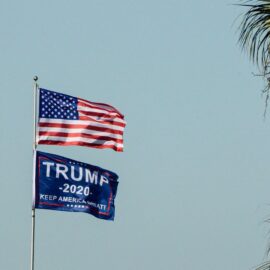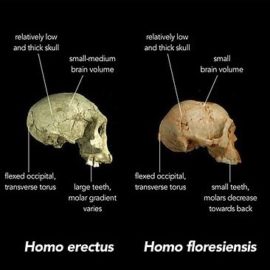
This is a free excerpt from one of Shortform’s Articles. We give you all the important information you need to know about current events and more.
Don't miss out on the whole story. Sign up for a free trial here .
What is voter ID? Why is this requirement a much-debated topic in the U.S.?
Opponents of voter ID laws argue that it’s a “solution” to a nonexistent problem, yet supporters say it prevents fraud. While showing a form of identification is required of everyone for a wide range of common activities, like driving, flying, or cashing a check, some say requiring voter ID leads to discrimination.
Read on to learn what voter ID is and why it’s controversial, based on historical and global analysis.
What Is Voter ID & Why Is It Debated?
So, what is voter ID? It simply means having to prove your identity in order to vote in a U.S. election. While this seems like common sense to over 80% of people surveyed—a majority that’s been constant for a decade—the major parties remain deadlocked over instituting this requirement.
Republicans are usually for voter ID because they believe it prevents identity fraud (impersonation, double voting, or non-citizen voting). Democrats are usually against it because they believe these laws intentionally or unintentionally make it harder for marginalized people to participate in elections.
State voter ID laws are on an upswing, with Republican majorities enacting or tightening voting rules while Democrats file legal challenges. Underscoring the partisan divide, Republican-controlled legislatures have introduced all voter ID legislation, except in Democratic-leaning Rhode Island, where it passed and withstood a later repeal effort.
Advocates and opponents differ on two major points:
1) Whether identity fraud is a problem (Republicans say yes, potentially; Democrats say no).
2) Whether voter ID discriminates against marginalized groups by making it more difficult to participate in elections (Democrats say yes, Republicans no).
This article provides context on the issue and examines the key differences.
Background on Voting Laws
In 2022, some 35 states requested or required voter ID. In some states, voter ID laws are under court challenge, while in others proposed new laws are pending. Under laws in effect in July 2022, according to the National Conference of State Legislatures, 18 states asked for a photo ID, and 17 also accepted other forms of identification.
Depending on the state, acceptable photo IDs may include a driver’s license, passport, military ID, state-issued identification card, tribal ID, and other IDs. Non-photo identification may include a bank statement or utility bill, paycheck, social security card, or birth certificate (in Alaska, a hunting or fishing license will do).
The rules for voters lacking ID may be strict or non-strict. Non-strict (request-only) laws request ID but allow voters to vote without it, if they meet another requirement such as signing an affidavit certifying their identity. Strict laws may allow people to cast a provisional ballot that’s counted only if they show up at an elections office with acceptable ID within so many hours.
The first state to enact strict voter ID was Indiana in 2006, although looser voter ID laws date back to 1950; by 1980, several states had adopted request-only voter ID. There’s been a resurgence of political interest in enacting voter ID and other voting restrictions since 2016.
Racial History of Voting Restrictions
Voting restrictions are fraught because of their racial history in the US. After a period of removing voting barriers in late 1800s and the enfranchisement of women in 1920, a reverse trend took hold in the 1960s, as southern states enacted literacy tests, poll taxes (fees for voting), English-language requirements, white primaries, and so on—intended to hinder voting by Black people, immigrants, and poor people. The Voting Rights Act of 1965 ended these practices.
Many Democrats and civil rights groups today see strict voter ID laws and other voting restrictions as being cut from the same cloth because fewer minority voters have IDs, and they’re more frequently challenged at the polls. Former Attorney General Eric Holder called the Texas law a “poll tax”; President Biden has been quoted as describing voter ID laws and other restrictions as “Jim Crow on steroids.”
Global Support
While voter ID has historical baggage in the US, supporters point out that 47 countries in Europe require a government-issued voter ID with a photo. Also, 33 of 37 members of the Organization for Economic Cooperation and Development require a government-issued photo ID to vote. Closer to home, Canada requires voters to prove their identity and address; Mexico requires voters to show a state-issued ID card with multiple security features, including a photo embedded with information, plus QR codes containing biographical and biometric information (facial data and fingerprint image).These laws are uniform nationally and, except in Mexico, may be more permissive in allowing a range of ID types than some state laws in the US. However, laws for absentee voting are stricter in Britain and France, where that type of fraud has been more problematic.

Want to fast-track your learning? With Shortform, you’ll gain insights you won't find anywhere else .
Here's what you’ll get when you sign up for Shortform :
- Complicated ideas explained in simple and concise ways
- Smart analysis that connects what you’re reading to other key concepts
- Writing with zero fluff because we know how important your time is






